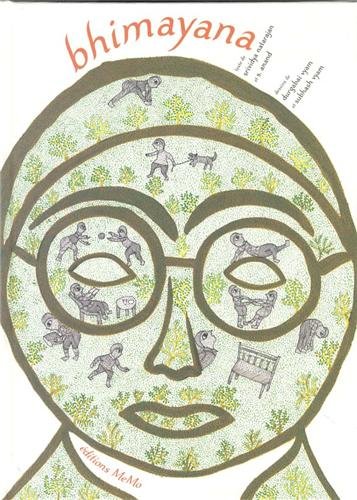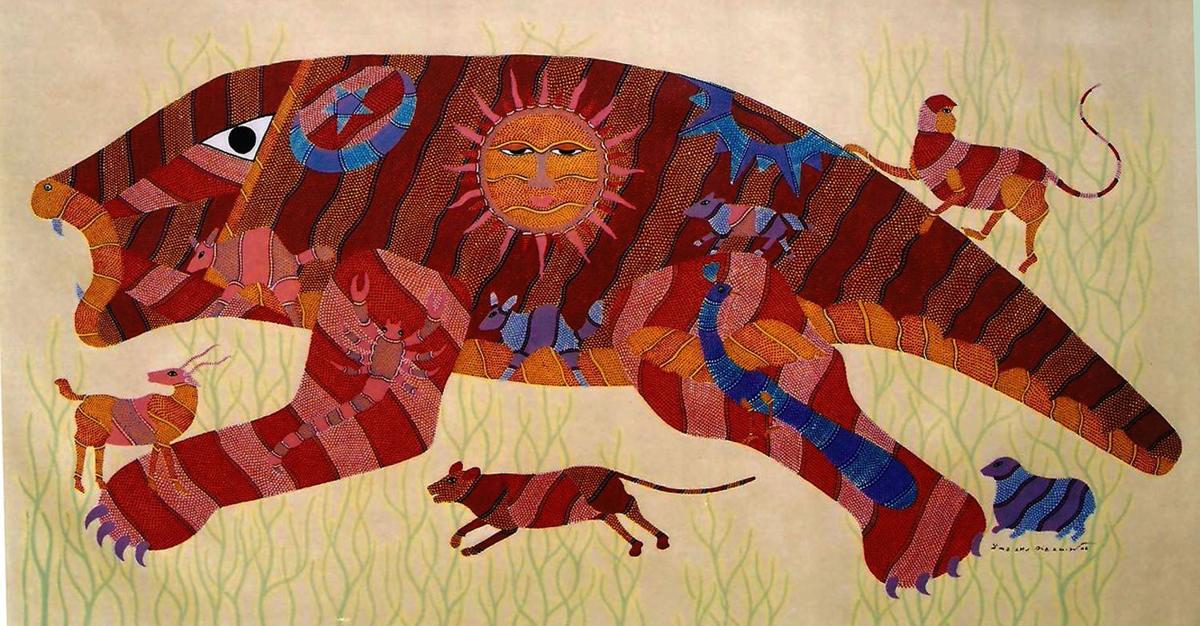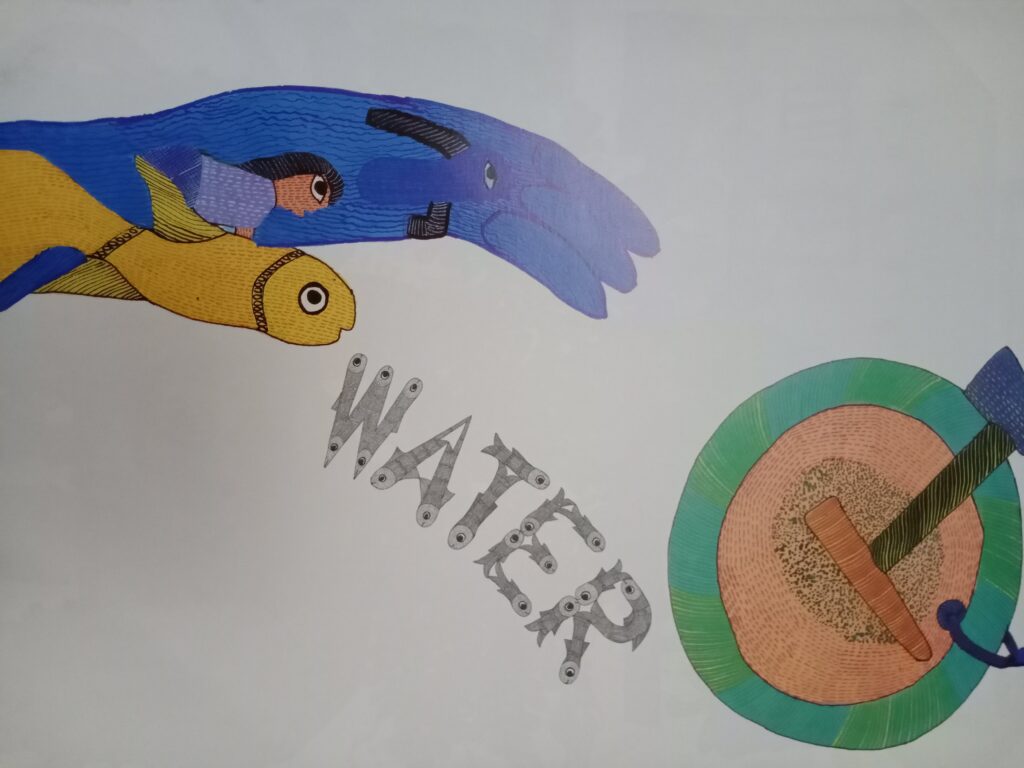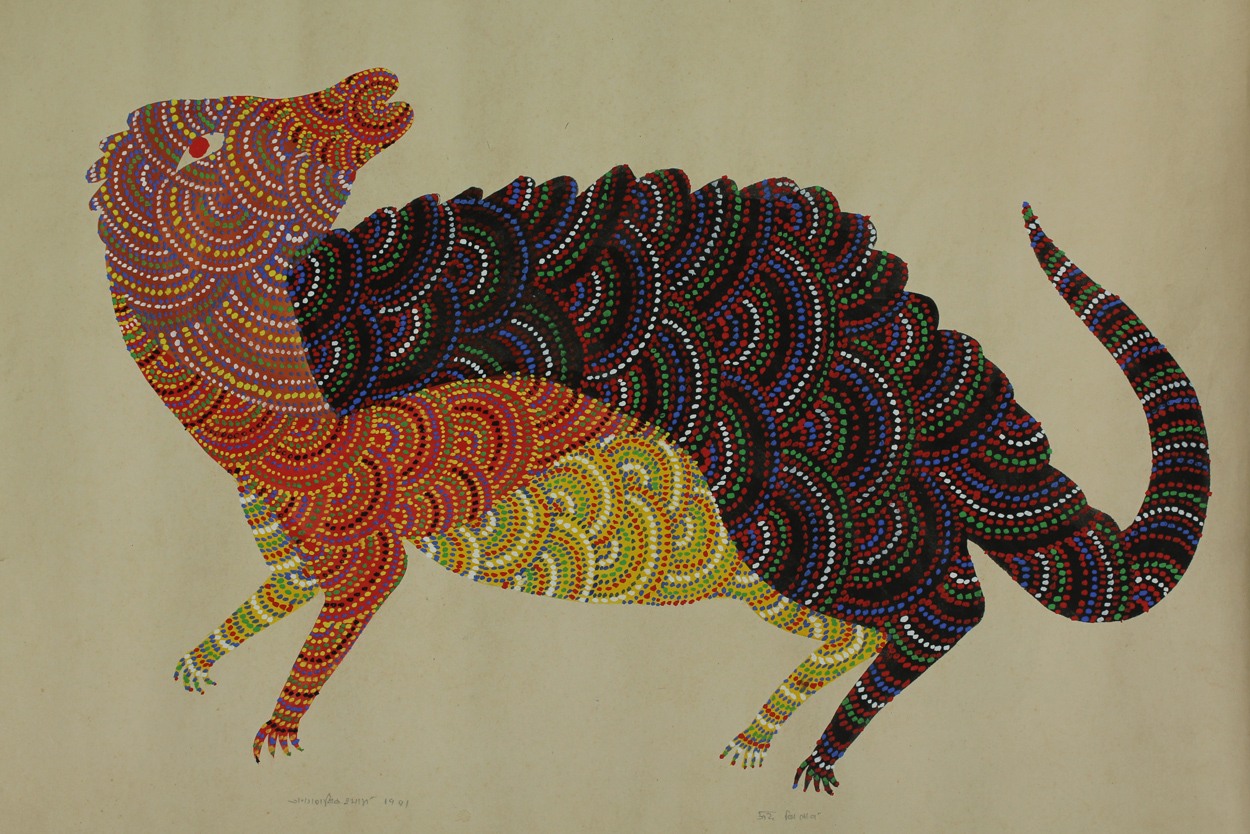
The search for a new form of Dalit Aesthetic is as old as the Dalit Movement. Dalit Art carves out a new regime of Representation. Where for a large part of history, Dalit Art has also been as neglected as Dalits themselves. Wall Art has been itself traditionally connected with the Tribal community. Digna Art which belongs to a specific community of Gond Artists asserts its independence from any art form associated with the dominant culture.
Digna Art is a tribal art practiced by a segment of the Gond community. This art form has a distinctly identifiable iconography. Traditionally, people painted these paintings on the walls and floors of their homes.
Digna Art And Its Origin

Pardhan Gonds, clan belonging to the larger Gond Tribal community in central India serve as Traditional keepers of their Heritage and Lineage-remembering family genealogies, and transmitting Legends, sacred myths and oral histories through songs.
In the early 1980s, artist Jagdish Swaminathan, the founder of Bharat Bhavan sent scouts to rural Madhya Pradesh where they spotted the talent of Jangarh Singh Shyam in remote Patangarh. Swaminathan encouraged Jangarh to use his own realm of imagination and create art on a professional scale. There onwards the art came into its being. Since then many Digna artists have followed his footsteps. The art was traditionally made with mud on the walls or the floors of homes. The fish-scale motif was central to its form. Symbolism is widely used where nothing is perceived literally. A Digna is auspicious and conveys Purity.
The Artwork Of Bhimyana
Bhimyana is a Graphic novel based on the Life Experiences of Dr.Ambedkar. The book uses the Pardhan Gond Artwork and establishes itself in breaking the popular conventions associated with Graphic Novels. The Artists Durgabai Vyam and Subhash Vyam have used the Fluid Nature of Gond Art, where Characters are not bound in “boxes” but given a space to breathe. The ecology of Pardhan Gond Art is such that even when it’s dealing with urban subjects, we see free falling animals, birds, and trees in a landscape without Horizon.

The art is reframed in such a way that figures are given a superior voice, where the reader is brainstormed to internalize the story. Each time you view a page in this book, you will seek new pleasures, new stories, and undiscovered meanings. Bhimyana is a humble submission to the lost indigenous Art form and a chance of its revival through creating the identity of Ambedkar inseparable to its Community.

Digna Art After Bhimyana
In 2007 when Navayana published Bhimyana, Digna art reached the masses. In the course of producing the book, Navayana facilitated an exhibition for the brilliant young sculpture Sukhandi Vyam at the Wieden+Kennedy gallery in Delhi. Not a piece was sold, but a young contemporary artist who had managed to collect the tribal art bought it for her private museum in Delhi for just five hundred rupees. Surely, the plight of Tribal Artists still remains in the dark where the commercialization of art has taken the center stage.
The Way Forward
Gond Artists have come along way, establishing an identity for their aesthetic art, but the road to revival is challenging and certainly exhausting. Digna art needs to create a space for itself in contemporary times, where Digital art has taken up the central position. Until it is done, the Gond artists’ situation will remain the same.
